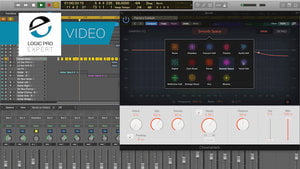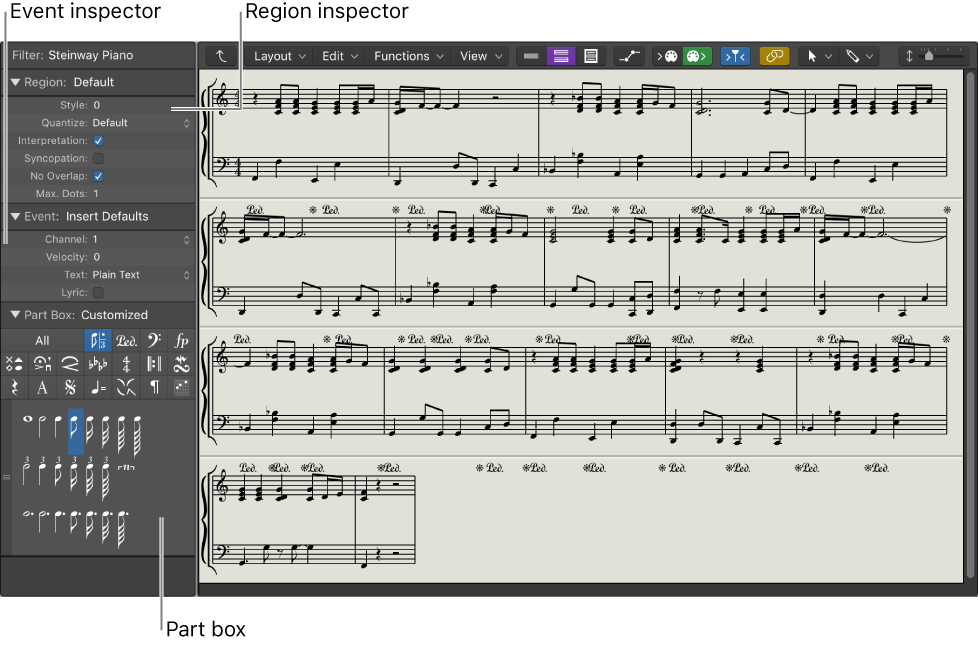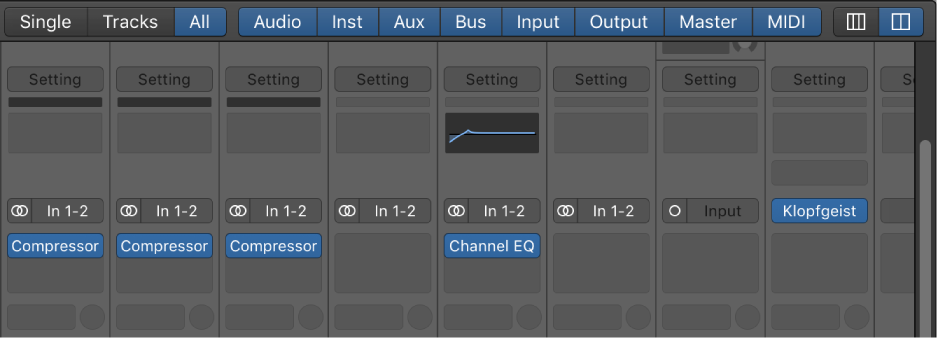Logic Pro | D is For Decay, Density, & Delay and How They Are All Connected in Logic’s ChromaVerb:
Deciding how long a reverb tail to use in your mixes encompasses a lot of variables. What is the tempo of the song? How busy are the parts? Are there a lot of open spaces between phrases, or are they densely packed together? Do you want to convey a sense of an intimate closer space, or a larger distant space? These are just some of the considerations that play an important role in communicating the intended emotion of the music.




